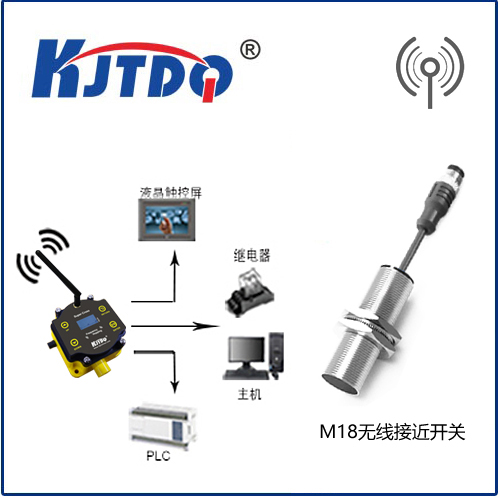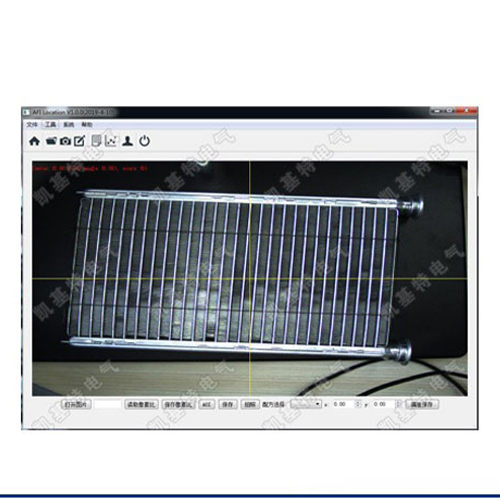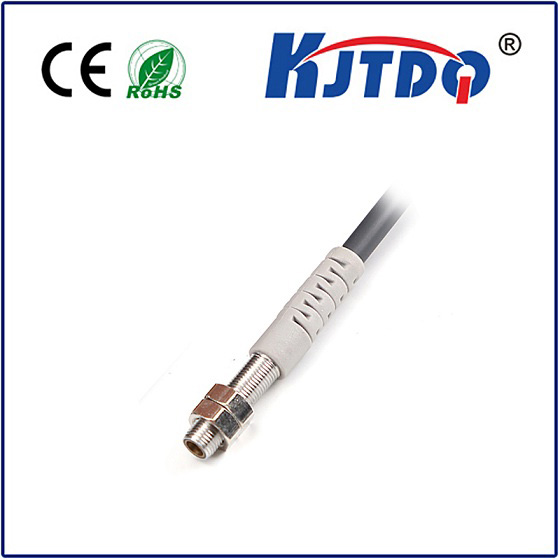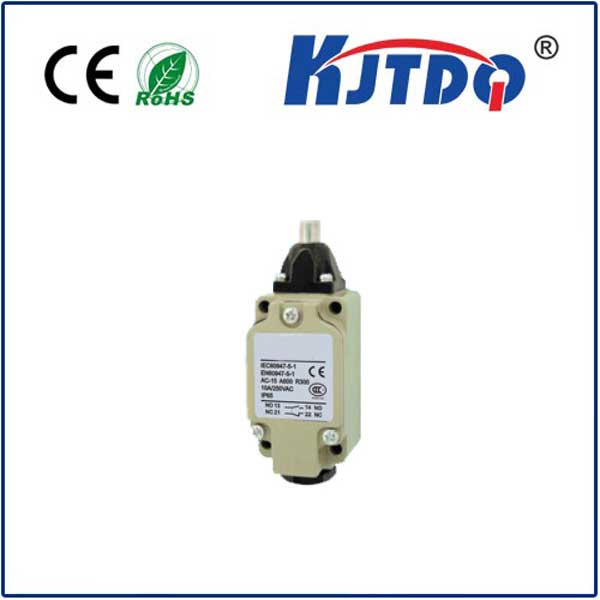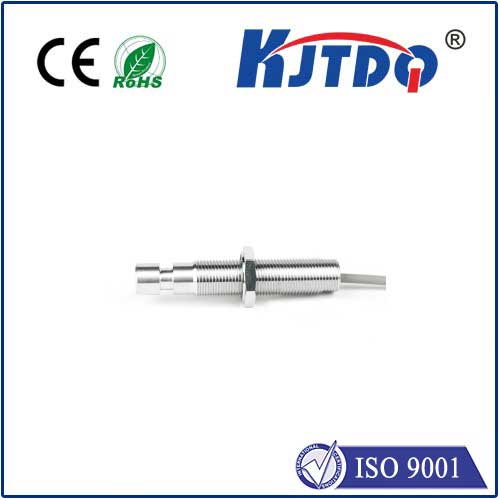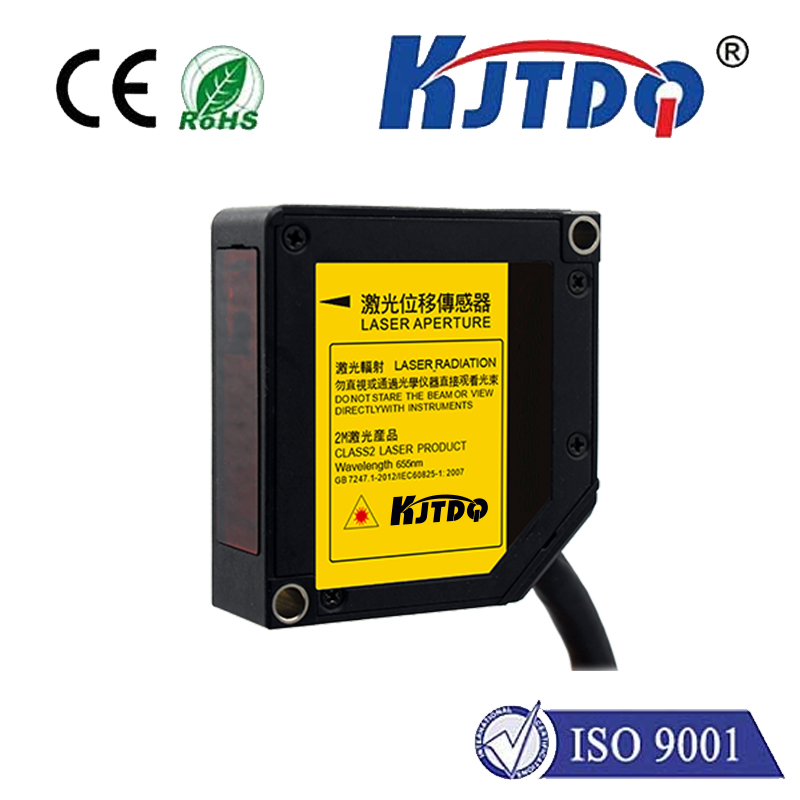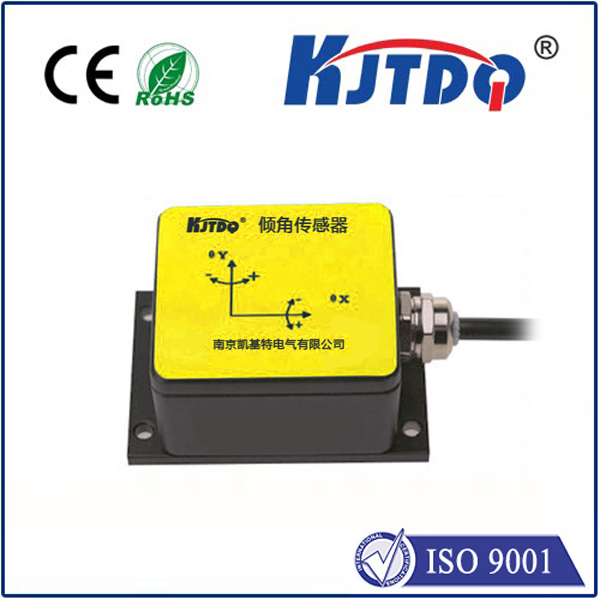triangulation distance sensor
- time:2025-09-08 16:37:32
- Click:0
Triangulation Distance Sensors: Unlocking Precision in Measurement Across Industries
Ever wonder how manufacturing robots place components with millimeter precision, or how complex machinery self-monitors for wear? Often, the unsung hero enabling this microscopic accuracy is the triangulation distance sensor. This sophisticated technology harnesses fundamental geometric principles to deliver non-contact, high-resolution distance measurements, becoming indispensable in automation, quality control, and countless other fields. Understanding its workings reveals why it’s a cornerstone of modern precision engineering.
Delving into the Core Principle: Geometry in Action
The magic of triangulation sensors lies in, unsurprisingly, triangulation. Imagine a simple scenario: you know the exact distance between your two eyes (the baseline). By focusing both eyes on a single object, your brain calculates the angle each eye makes relative to the baseline. Combining this angular information with the known baseline distance allows your brain to compute the object’s range. Triangulation distance sensors operate on this same geometric principle, but with light and precision electronics instead of biological senses.
The Laser Triangulation Method: A Closer Look
The most common implementation uses laser triangulation. Here’s a step-by-step breakdown of how it typically functions:

- Laser Emission: The sensor projects a highly focused beam of laser light (usually visible red or invisible infrared) onto the target surface.
- Reflection: The target surface reflects this laser spot. The direction of the reflected light is determined by the surface’s angle and distance relative to the emitter.
- Light Reception: A precisely positioned receiver lens, located a fixed, known distance (the baseline) away from the laser emitter, collects this reflected light.
- Position Sensing: The reflected light is focused onto a specialized position-sensitive detector (PSD) or a high-resolution CMOS/CCD linear image sensor. This detector doesn’t just detect light; it precisely identifies the lateral position (X-coordinate) where the light spot lands.
- Trigonometric Calculation: The sensor’s internal processor acts like your brain. It knows:
- The fixed baseline distance between the emitter and the receiver lens (
B).
- The fixed angle of the laser emitter relative to the baseline (
α).
- The measured position of the reflected spot on the detector (
X), which directly relates to the angle of the reflected light (β) relative to the baseline.
- Distance Output: Using these known values and the principles of trigonometry (specifically the law of sines), the processor accurately calculates the distance (
D) from the sensor head to the target surface. This measurement is then output as an analog signal (e.g., 4-20mA, 0-10V) or digital data.
Why Choose Triangulation? Key Advantages
Triangulation sensors offer compelling benefits that make them ideal for numerous demanding applications:
- High Precision and Resolution: Capable of resolutions down to the micrometer (µm) range and repeatability within microns, enabling detection of minute variations.
- Non-Contact Measurement: Crucial for measuring delicate, hot, moving, or otherwise inaccessible surfaces without causing damage or interference.
- Fast Response Times: Modern sensors achieve high measurement frequencies (kHz range), suitable for dynamic processes and high-speed production lines.
- Compact Size: Advanced designs allow for remarkably small sensor heads, enabling integration into tight spaces.
- Versatile: Effective on a wide range of materials, especially diffuse-reflective surfaces like paper, plastic, wood, and most painted metals. Enhancements like blue lasers significantly improve performance on challenging surfaces like dark matte plastics, hot metals, or shiny materials.
Practical Considerations: Types and Selection
Understanding the nuances helps in selecting the right tool:
- Spot Size vs. Standoff: Generally, a larger standoff distance results in a larger laser spot on the target. Sensor specifications clearly define the measuring range (min/max distance) and the associated spot sizes.
- Red vs. Blue Laser:
- Red Lasers: Common, cost-effective, and perform well on many surfaces. More susceptible to interference from ambient light and less effective on dark, shiny, or hot objects.
- Blue Lasers: Shorter wavelength provides better focus (smaller spot size at distance) and significantly improved performance on dark, matte surfaces, hot objects (>1000°C), and some shiny materials. They also exhibit less interference from ambient red light.
- Analog vs. Digital Output: Analog outputs provide continuous measurement data; digital outputs (RS232, RS422, Ethernet, IO-Link) offer configuration flexibility, multi-sensor networking, and advanced diagnostics.
Addressing Limitations: Being Realistic
No technology is perfect. Key limitations include:
- Surface Dependency: Performance varies significantly with surface properties. Extremely shiny surfaces can cause specular reflection, directing light away from the receiver lens. Transparent or translucent materials can scatter or refract light unpredictably. Very dark, matte surfaces absorb light, reducing signal strength (mitigated by blue lasers). Surface angle also matters; large tilts relative to the sensor axis can cause errors or signal loss. Techniques like surface treatment or optimized sensor mounting help overcome these.
- Ambient Light Sensitivity: Strong ambient light (especially sunlight or similar spectra to the laser) can saturate the detector or add noise. Optical filters and modulated laser light help combat this. Blue lasers inherently resist common red ambient light.
- Obstructions: Anything blocking the direct line-of-sight between the laser emitter, the target spot, or the receiver lens will prevent measurement.
Where Precision Matters: Key Applications
Triangulation distance sensors are pervasive in industries demanding accuracy:
- Industrial Automation & Robotics: Precisely controlling robot end-effector positions, guiding robotic arms for assembly, welding seam tracking, pick-and-place operations, and verifying part presence or orientation. Used as non-contact displacement sensors for vibration monitoring on motors, shafts, and turbines.
- Quality Control & Inspection: Measuring component dimensions (thickness, width, height, diameter), verifying tolerances, checking flatness, detecting warpage, contour profiling, weld inspection (bead geometry), and verifying correct assembly (gap measurement).
- Manufacturing Process Control: Monitoring thickness in paper, film, glass, and metal rolling processes with inline sensors, controlling fill levels in containers, managing web tension, and guiding cutting tools.
- Electronics & Semiconductor: Precise positioning of wafers and components, solder paste inspection (SPI), lead coplanarity checks, and connector pin height measurement.
- Logistics & Material Handling: Detecting object presence/dimensions on conveyors, palletizing guidance, and warehouse automation.
- Research & Development: Providing accurate displacement and vibration data in lab settings for material testing, prototype validation, and motion analysis.
The Engine of Modern Precision
From ensuring the perfect gap in your smartphone assembly to guaranteeing the consistent thickness of plastic film, triangulation distance sensors operate silently and precisely behind the scenes. Their ability to deliver fast, accurate, and






